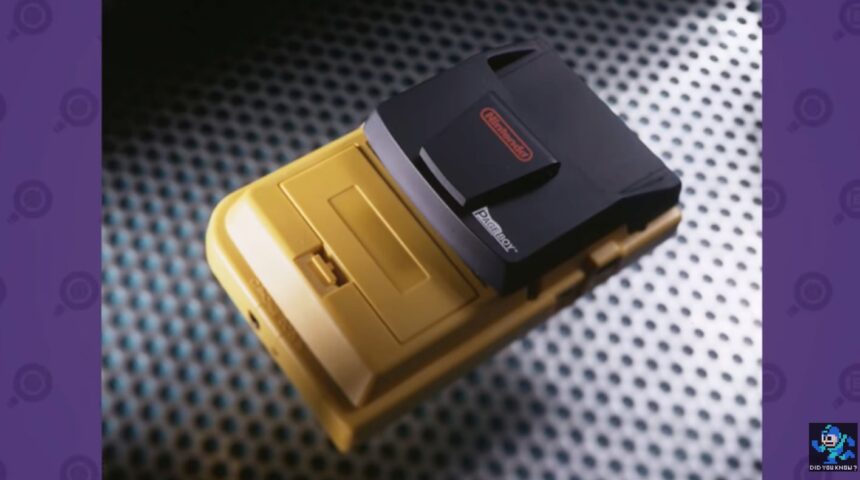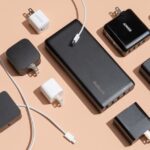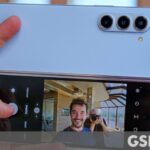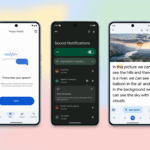
Nintendo had intended to introduce a Game Boy Colour add-on that would have provided web browsing, messaging and email capabilities to the handheld Switch predecessor.
The planned attachment, known as the Page Boy, would have utilized pager radio wave technology rather than Wi-Fi to enable portable gaming enthusiasts to access online connectivity, including the ability to email selfies taken with the Game Boy Colour Camera.
There was also an idea for an “Ask Mario” search engine featuring Mario whistling his own theme tune while loading web results. Additionally, the official Nintendo magazine Nintendo Power could have been accessible to Page Boy owners.
Furthermore, the device was to feature live TV broadcast from Nintendo, resembling today’s Nintendo Direct streams. Other concepts for the device included enabling Page Boy owners to unlock exclusive game levels, similar to today’s DLC offerings.
This intriguing revelation comes from the DidYouKnowGaming YouTube channel, in a recent episode hosted by gaming historian Liam Robertson. In the video, Liam mentions that in 1999, a former executive approached Nintendo of America with the idea, which originated from a pair of innovative UK inventors.
The Page Boy wasn’t the only device of its kind contemplated by Nintendo in the past. The company had previously scrapped a keyboard peripheral for the original Game Boy called the Work Boy, which included a calculator, contacts book, world map and translator. That’s another crucial aspect of this story.
The inventor of the Work Boy, Eddie Gill, came up with the Page Boy as a spiritual continuation of the cancelled peripheral. He collaborated with his brother Christopher to pursue an official partnership with Nintendo. Former Nintendo executive Frank Ballouz, who had previously worked with Eddie on the Work Boy, became involved.
While Nintendo initially embraced the idea and approved the Page Boy as a first-party add-on, the company hesitated, and by 2002, the device was no closer to being released to consumers. Issues with data connectivity outside the US posed significant challenges, and as a result, the device would not have been the international product Nintendo had envisioned. Consequently, the Page Boy project was eventually abandoned.









